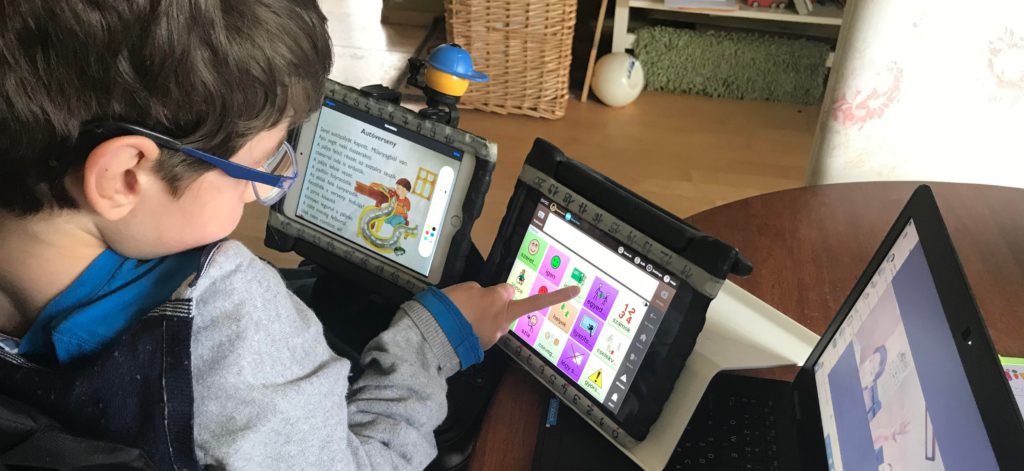NATIONAL
Assistive Technology (AT) and Durable Medical Equipment (DME) are essential tools that enhance the lives of individuals with disabilities.


Understanding Assistive Technology and Durable Medical Equipment
Assistive Technology (AT): AT encompasses a broad range of devices, services, and systems designed to maintain, increase, or improve the functional capabilities of people with disabilities. This can include anything from simple tools, like magnifiers and adapted utensils, to complex systems, like speech-to-text software and power wheelchairs. AT aims to support individuals in performing tasks that might otherwise be difficult or impossible due to their disabilities.
Examples of Assistive Technology:
- Communication aids (e.g., speech-generating devices)
- Mobility aids (e.g., powered wheelchairs)
- Cognitive aids (e.g., specialized apps for memory assistance)
- Adaptive tools for daily living (e.g., modified eating utensils)
Use this guide for basic information on funding sources for AT and how to access them.

Durable Medical Equipment (DME): DME refers to medically necessary equipment prescribed by a healthcare provider for home use. These items are designed for long-term use and typically can withstand repeated use. DME supports individuals with medical conditions or disabilities in their daily lives, promoting independence and improving quality of life.
Examples of Durable Medical Equipment:
Here is a Durable Medical Equipment Blueprint for Children with Cerebral Palsy by Jonathan M. Greenwood, PT, MS, DPT, c/NDT, CEIS, PCS
If in California: Obtaining Assistive Technology and DME through Medi-Cal: Medi-Cal, California’s Medicaid program, covers certain types of AT and DME if they are deemed medically necessary. To obtain these benefits, individuals must follow specific procedures, including obtaining a prescription from a licensed healthcare provider and undergoing a prior authorization process. Medi-Cal evaluates the necessity based on medical records and the individual’s specific needs.
Steps to Obtain AT and DME:
- Assessment: A healthcare provider evaluates the individual’s needs and prescribes the necessary AT or DME.
- Documentation: Collect supporting medical records and documentation.
- Prior Authorization: Submit a request for approval to Medi-Cal, including the prescription and documentation.
- Approval and Procurement: Upon approval, work with a supplier to obtain the prescribed equipment.
Key Points to Remember:
- Both AT and DME are crucial for enhancing independence and quality of life.
- Coverage and approval processes can vary; understanding and following the correct procedures is essential.
- Collaboration between individuals, healthcare providers, and suppliers is critical for successful acquisition and use of AT and DME.
Navigating the world of Assistive Technology and Durable Medical Equipment can be complex, but understanding their purposes and how to obtain them through programs like Medi-Cal can significantly improve the lives of those with disabilities. By leveraging these resources, individuals can achieve greater independence and a better quality of life.